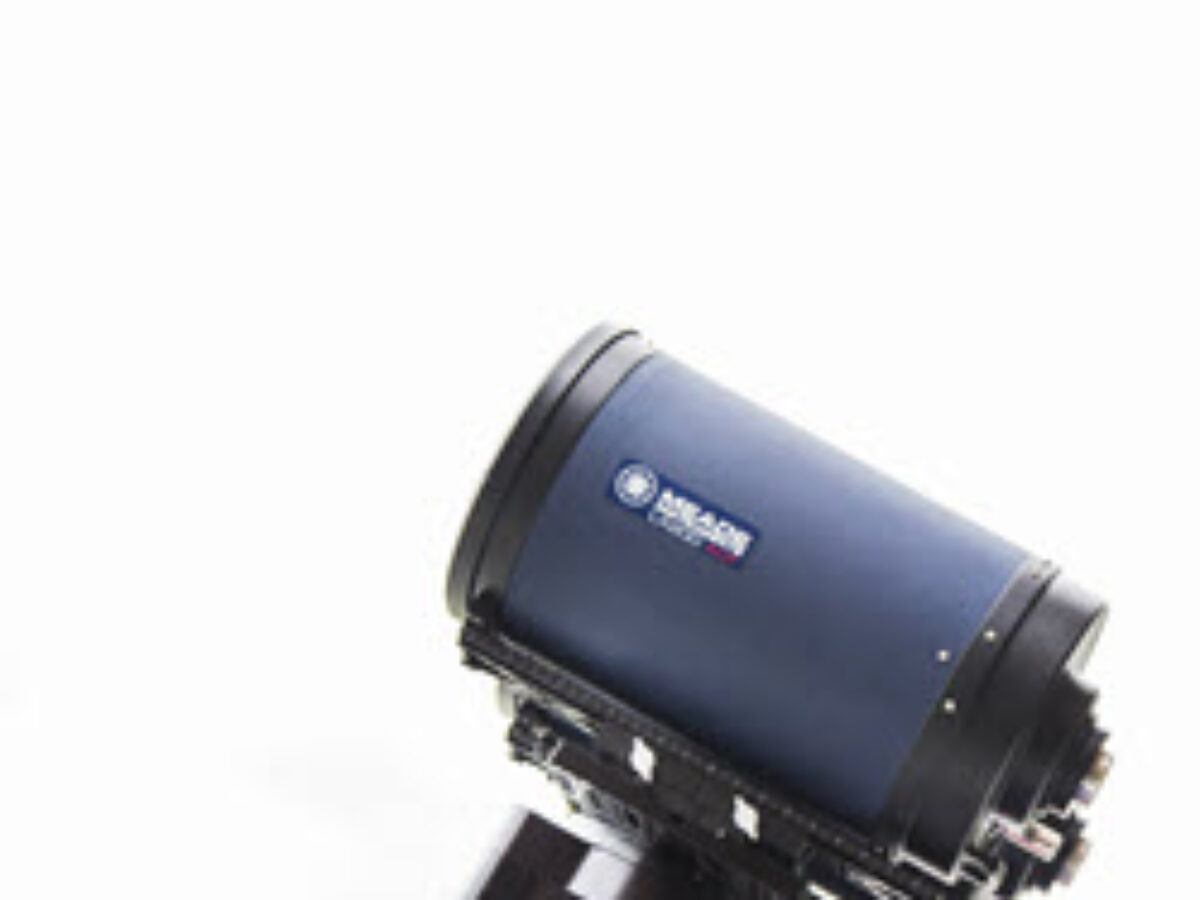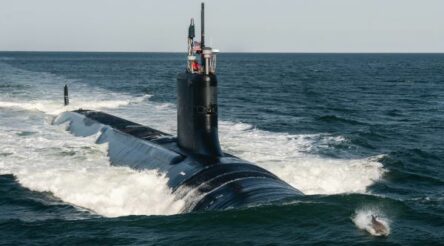Australian world-leading camera techniques being developed for underwater use

Western Sydney University researchers are developing world-first “event-based camera” applications with Defence.
Event-based cameras (as known as neuromorphic cameras) only capture information when there are changes in light, and offer advantages in speed, energy use and data efficiency.
WSU was awarded a grant through the US Office of Naval Research Global-X Challenge in September to adapt its camera research for use underwater, to “demonstrate neuromorphic event-based sensors that can quickly detect submerged vehicles and objects—and enable celestial navigation without breaking the water surface.”
Lead researcher Dr Moritz Milde of WSU’s International Centre for Neuromorphic Systems (ICNS) said the sensors worked differently to regular cameras, and more like the brain and the eye.
“Movement would normally blur conventional camera images, making them unclear, and restricting use to controlled environments. However, with our event-based cameras, waves and movement in the water enhances the imagery and helps the sensors to generate clearer images of changes in the environment,” he said.
“Our sensors can be used underwater to detect, track and monitor dynamic phenomena such as air bubbles and bioluminescence generated by submersible vehicles. The technology can also be used for environmental monitoring, distributed early warning systems, high speed object detection, marine pollution detection, and celestial navigation.”
The university has event-based sensing in use at its Astrosite observatory, and has a planned deployment of such cameras to the International Space Station in November next year.
“As a key member of the NSW Defence Innovation Network, Western Sydney University has been able to develop relations with the United States Military, leading to increased exposure and cooperation with our closest ally,” said defence industry minister Melissa Price in a statement.
The nine-month project is led by Milde and Associate Professor Greg Cohen, who is also from ICNS, with collaborating researchers from the University of Queensland, University of Zurich, ETH Zurich, and The University of Illinois.
Picture: www.westernsydney.edu.au/icns/astrosite
Subscribe to our free @AuManufacturing newsletter here.
Topics Manufacturing News Technology
@aumanufacturing Sections
Analysis and Commentary Awards Defence Manufacturing News Podcast Technology Videos










